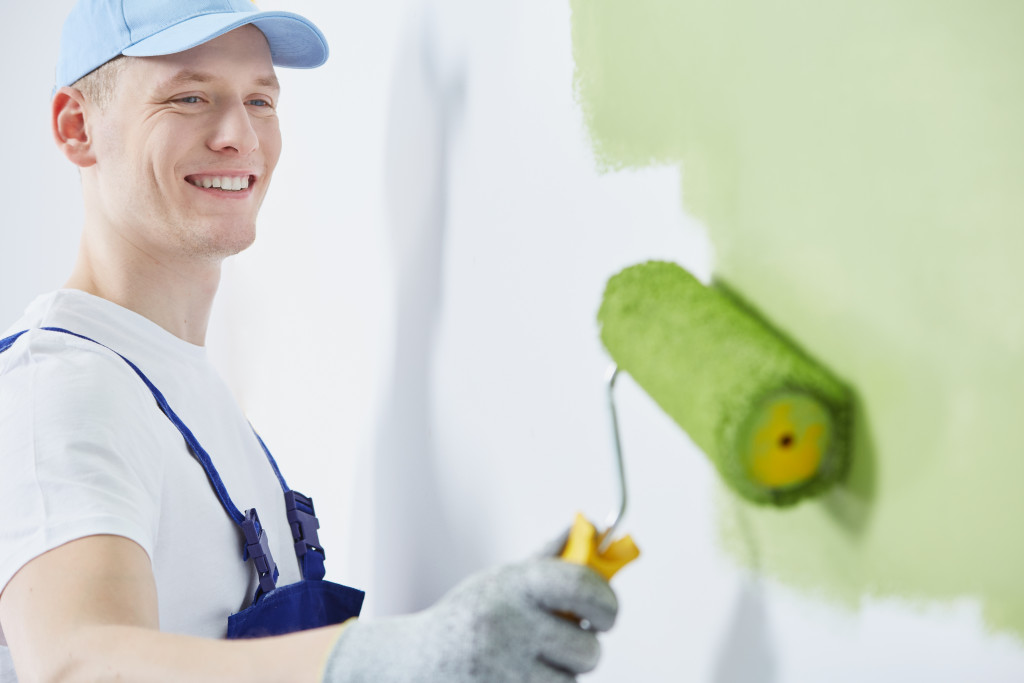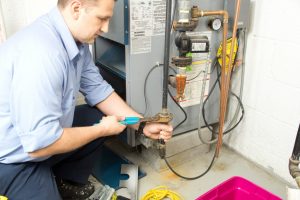There are many ways to become more sustainable, and living a ‘green’ life does not have to be difficult. When thinking of concrete measures that can create an eco-friendly home environment, one might immediately think of solar panels and organic food.
However, there are simple lifestyle changes and upgrades that you can make. To find out how you can enhance your home environment, here are some ideas:
1. Use Everyday Green Practices
One of the best ways to live a more eco-friendly life is by using green practices daily. Go paperless whenever you can, and recycle everything you should throw away. Try not to use too much water, as this could save you up to six gallons a day.
2. Look for Low-E Windows
Low-emissivity windows, also known as Low-E Windows, are an efficient and cost-effective way to make your home greener. They manage solar heat gain and can save you up to 30 percent of your yearly cooling and heating costs. Furthermore, the thicker glass also makes noise from outside significantly quieter.
Installing vinyl windows can help reduce your energy consumption as well as the greenhouse gases that are emitted by your home. Not only will these windows cut down on the heat and cool air loss, but the frame’s materials are also entirely recyclable.
3. Switch to LED Lighting Fixtures
Lighting is often overlooked when thinking about eco-friendliness. The good news is that you can make a significant environmental impact without having to spend a lot of money or time. Installing LED bulbs will not only save you lots of energy but also spare some money. To further reduce your carbon footprint, you should consider using motion sensors and timers.
4. Install Low-Flow Fixtures
Trying to save some water? Replacing the faucet, showerhead, and toilet with water-efficient alternatives will help reduce your water consumption. You can also purchase a tankless water heater that works off of solar power so you will never again have to wait for hot water.
5. Get a Green Roof
Installing a green roof is one of the most eco-friendly ways to improve your home environment. Not only will this roofing option prevent heat loss and reduce noise, but it will also improve the air quality inside your home.
This is because green roofs absorb carbon dioxide, ozone, and other toxins from the air. In turn, they emit fresh oxygen which helps you breathe easier indoors. So, if you want to go green, a green roof is the way to do it.
6. Incorporate Indoor Gardening
If you are looking for ways to be more sustainable without spending a bunch of money, then think about indoor gardening. Growing your own vegetables and herbs is a great way to reduce the amount of food you buy at the grocery store, which in turn reduces your carbon footprint.
Since vegetables and herbs require little water, you can grow them even if you live in a place with limited access to freshwater.
7. Install a Greywater System
Greywater is used or tainted bath, shower, and washing machine water. Installing a greywater system takes the pressure off of your septic tank and reduces the use of fresh, potable water. Of course, you still have to properly treat the greywater so you do not contaminate your yard or local waterways.
8. Ditch the Disposables for Reusables

There are many alternatives to disposable products that will be better for the environment. Instead of using paper towels, opt for reusable ones that can be washed and reused later. You should also consider buying dishcloths and towels that can be used again.
Once you finish drinking water, you should also reuse the bottles at home instead of throwing them away. This way, you will reduce the amount of garbage you produce, which means less waste that has to be put into landfills.
9. Set Up an In-Wall Composting System
To reduce your household waste and make use of things you would otherwise throw out, set up an in-wall composting system. This is a great way to compost your food scraps and yard waste. Once the compost is ready, you can use it in your garden instead of buying fertilizer.
10. Go Organic
Finally, think about switching to organic produce and other products. This will reduce your pesticide use while helping you and your family avoid ingesting harmful chemicals. Plus, you will support small farmers who grow their crops in environmentally friendly ways.
So, if you are ready to create a greener home for yourself and your family, follow these tips and see how simple it can be. Remember that living a sustainable life does not have to be difficult. This way, you can make a difference without having to give anything up.






